“The supplier landscape for workplace culture, employee health and wellbeing can feel overwhelming — so how do we make it work better for employers, and ultimately for employees?”
This was the challenge at the heart of the 8th May Make A Difference Leaders’ Lunch, which brought together senior HR, health, wellbeing, reward and benefits leaders from across sectors at The Watercooler Event to discuss how employers can collectively influence suppliers and drive meaningful change.
Hosted in a sales-free environment, the session was a chance to share the realities of navigating a crowded and often complex supplier market — and to explore what could be done differently.
The discussion began with a panel featuring expert input from Jamie Broadley, Group Head of Health & Wellbeing at Serco, and expert in Global Occupational Health, Charlie Newton.
The challenge: navigating a crowded, complex market
Many leaders spoke about the sheer volume of supplier approaches they receive — often with little clarity on the problem those suppliers are meant to solve.
Jamie Broadley highlighted how this creates inefficiency:
“We get so many approaches from suppliers, but often without a clear business case. It’s resource-intensive to sift through them all, especially in a large and complex organisation.”
Jamie also noted that pricing models — such as charging per head — can be difficult for large employers to justify, especially when it comes to enabling access for frontline staff. He suggested that a good way to assess suppliers is by asking how they plan to ensure realistic engagement, including with non-desk-based workers.
Charlie Newton agreed, emphasising the need for employers to be “intelligent customers”:
“Sometimes the challenge starts inside your own organisation. You need to be crystal clear on the problem you’re trying to solve before you engage a supplier — otherwise you set them up to fail.”
There was also concern about data privacy and integration, with some suppliers unable or unwilling to share impact data.
Finally, the panel acknowledged that rapid external change makes it difficult to predict future needs. As one contributor put it:
“The key is to think about what the organisation really needs — and to mitigate those risks.”
The solution: being clearer, smarter and more collaborative
While no single “quick fix” exists, several practical strategies emerged:
- Define the problem first – Be absolutely clear on the business issue before engaging suppliers.
- Set expectations early – Build measurable performance metrics — and even penalty clauses — into the procurement process to manage internal and external expectations.
- Involve delivery contacts pre-sale – Engage the person who will manage your account before signing contracts to avoid post-sale disconnects and ensure shared values.
- Pilot and co-create – Use small-scale pilots, ideally with academic partners, to test solutions. Collaborating with smaller suppliers can also offer the flexibility to co-create tailored approaches.
- Use data strategically – Know what data you need and why. Push for impact data, not just usage statistics.
- Maintain relationships – Keep lines of communication open with non-selected suppliers — those conversations can bring value in future.
Bite-size best practice – global airline (10,000+ employees)
“We develop business cases for every procurement decision, with clear criteria and internal challenge. Often, we assess whether an existing supplier can meet the need before seeking a new one.”
The airline has also categorised its suppliers by size and approach:
- Transactional suppliers are tracked and measured on delivery and engagement.
- Strategic suppliers are treated as partners, with quarterly reviews to hold them to account — and an open dialogue about what both parties need to succeed.
“We’re clear with suppliers about what we need now — and in future. And we’re not afraid to rewrite that if things change.”
Working at global and local levels
The group also discussed the challenge of managing suppliers across multiple regions. While truly global suppliers can be hard to find, local vendors often bring essential understanding of cultural and regulatory nuances.
Third-party administrators and brokers were seen as useful in some situations, but participants emphasised the importance of maintaining direct access to vendors for accountability and service consistency.
Data, privacy and internal alignment
At our February Leaders’ Lunch, it was suggested that employers are right to demand meaningful data from suppliers. But is this always realistic?
As one attendee observed:
“You need to be very intentional about the data you ask suppliers to provide. Start with the outcome in mind — what do you want to know, and why? Take a risk-based approach and award contracts to those who can deliver.”
Another stressed the importance of internal alignment. Insights from focus groups, market intelligence, line managers and existing internal data can help spot trends before approaching suppliers — making conversations more targeted.
When it comes to demonstrating impact, one practical example shared was in the context of EAP services. Providers were encouraged to ask users whether they were considering sick leave before and after using the service — offering a clearer view of intention and potential business impact, even if not tied directly to absence data.
New developments on the horizon
One attendee spoke about actively seeking supplier partners who can help integrate and analyse multiple data sources using AI. The goal: to pinpoint the problem, identify gaps, and create a clear path forward.
“I’m looking for solutions that include triage or single-access points to improve employee experience and give us stronger insights when combined with people data. This will help us respond more quickly to changing needs.”
He added that while ROI is difficult to quantify, some organisations are making progress through risk modelling and predictive analytics.
Turning talk into action
As part of the Club’s 2025 challenge, all Leaders’ Club members are encouraged to take individual action based on insights gained through discussions. After this session, attendees committed to:
“Working with procurement to sharpen how we define problems before going to market.”
“Exploring small-scale pilots with academic partners to test solutions before scaling.”
“Reviewing supplier contracts to ensure we’re clearer on data, metrics and accountability.”
Action points for employers
The group closed the session by agreeing on five clear actions:
- Define the problem clearly before engaging suppliers.
- Before committing, ask to speak with current or former clients to get a true sense of what the supplier is like to work with.
- Pilot solutions or partner with academic institutions before scaling.
- Set expectations and metrics early, including accountability measures.
- Build data and privacy requirements into onboarding from the outset.
- Leverage internal data and AI to guide supplier selection and management.
Conclusion: using our collective voice
This Leaders’ Lunch reinforced the need for employers to act more strategically — and collectively — when shaping the supplier market. By defining needs, demanding better data and holding suppliers accountable, organisations can help shift the way workplace culture, health and wellbeing solutions are developed and delivered.
As one attendee summed it up:
“If we don’t get clearer on what we need, we can’t expect suppliers to meet our expectations. This is about using our collective voice to move the market forward.”
The session ended with an invitation for Leaders’ Club members to continue sharing challenges and successes — anonymously if preferred — so the Club can build collective intelligence and influence suppliers more effectively over time.
There was also strong support for a Suppliers’ Directory to help buyers find independently rated products and services. In response, we have launched the Make A Difference Suppliers’ Guide. A basic listing is free for suppliers — and the guide is already proving a valuable tool for organisations making fast, informed procurement decisions around workplace culture, health and wellbeing.
Take a look here, give it a try — and let us know your feedback. You can email me at claire@makeadifference.events.

You might also like:
If you are a senior representative of an employer with decision making capacity and a workplace culture, employee health and wellbeing remit, and you’d like to join the Make A Difference, you can find out more and apply to join here: https://makeadifference.media/community/











